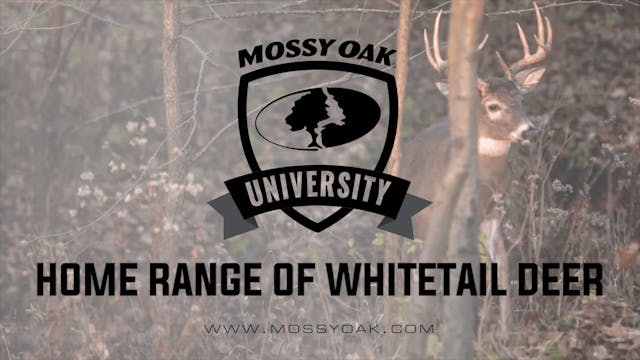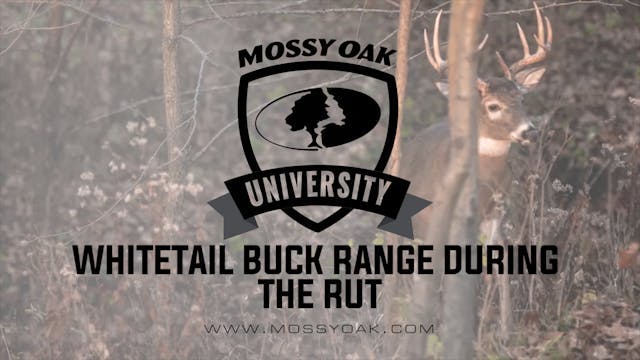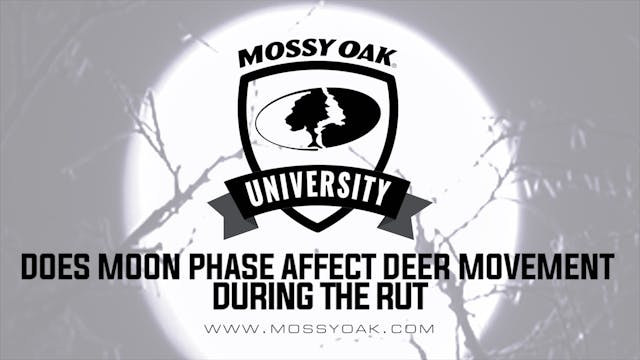Dr. Bronson Strickland, co-director of the Mississippi State University Deer Lab, discusses his understanding of deer movement. The current understanding is that deer movement is motivated by food until the breeding season begins. A deer will bed where it feels secure and can digest its food. Once that deer begins to become hungry again, that deer will then get up and move to some food source. Those movements are typically based at sunrise and sunset with bedding taking place in between. Movement can sometimes become depressed because of hunting pressure in which the deer’s linear movement will be less and will move in denser cover.
Up Next in Deer Movement
-
Home Range of Whitetail Deer
Dr. Bronson Strickland, co-director of the Mississippi State University deer lab, discusses the typical home range of a whitetail deer. A deer at the beginning of its life typically disperses away from its birthed area and establishes its home range elsewhere. Once the home range has been establi...
-
Mature Whitetail Buck Travel Range Du...
Dr. Bronson Strickland, co-director of the Mississippi State Deer Lab, discusses the rut’s effect on buck travel range. During the rut you see increased buck movements. The claim that a buck can move miles is true and have even been recorded to move up to 7 miles in a 24 hour period. They are act...
-
Does Moon Phase Affect Deer Movement ...
One common theory suggests that moon phase can influence timing of the rut, and therefore peak activity periods. We know the onset of breeding season is influenced primarily by photoperiodism - changes in the amount of sunlight as the days grow shorter. This causes physiological processes in deer...



